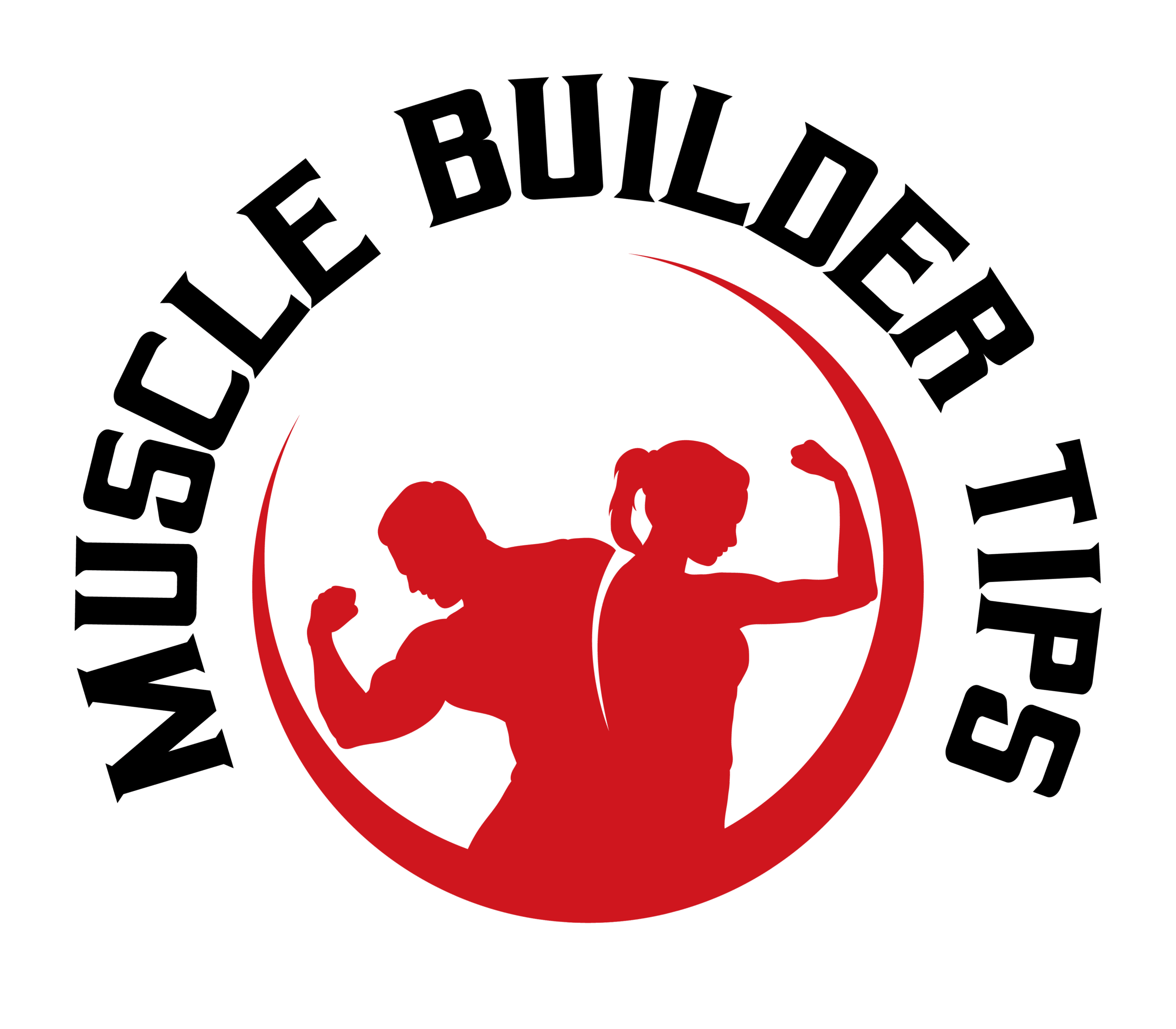Maximizing Your Workout: Compound Exercises vs. Isolation Exercises

Compound Exercises vs. Isolation Exercises
When it comes to strength training, understanding the difference between compound exercises and isolation exercises can elevate your fitness game. Both types of exercises have unique benefits and play important roles in a well-rounded workout routine. In this article, we’ll explore the distinctions between compound and isolation exercises, their advantages, and how to strategically incorporate them into your workouts for optimal results. Let’s delve in:
1. Compound Exercises:
– Involve multiple muscle groups and joints working together in a coordinated manner.
– Promote functional strength and mimic real-life movements.
– Efficiently burn calories and stimulate muscle growth due to their demanding nature.
2. Examples of Compound Exercises:
– Squats: Target the quadriceps, hamstrings, glutes, and core.
– Deadlifts: Engage the hamstrings, glutes, lower back, and grip muscles.
– Bench Press: Work the chest, shoulders, and triceps.
– Pull-Ups: Activate the back, biceps, and shoulders.
– Lunges: Engage the quadriceps, hamstrings, glutes, and core.
3. Benefits of Compound Exercises:
– Time Efficiency: Work multiple muscle groups in a single movement, saving time in your workouts.
– Functional Strength: Improve strength for daily activities and sports performance.
– Increased Hormone Release: Compound exercises trigger higher levels of muscle-building hormones like testosterone and growth hormone.
4. Isolation Exercises:
– Target a specific muscle group, isolating it from surrounding muscles.
– Allow for targeted muscle development and refinement.
– Ideal for correcting muscle imbalances and enhancing muscle definition.
5. Examples of Isolation Exercises:
– Bicep Curls: Isolate the biceps for targeted arm development.
– Tricep Extensions: Focus on the triceps for stronger arm definition.
– Leg Extensions: Isolate the quadriceps for specific thigh development.
– Dumbbell Flyes: Target the chest muscles for improved definition.
– Lateral Raises: Isolate the shoulders for enhanced deltoid development.
6. Benefits of Isolation Exercises:
– Muscle Isolation: Target specific muscles, improving muscle symmetry and aesthetics.
– Injury Rehabilitation: Help rehabilitate injured muscles or joints with controlled movements.
– Muscle Activation: Enhance mind-muscle connection and develop a better understanding of muscle activation.
7. Combining Compound and Isolation Exercises:
– Begin with Compound Exercises: Prioritize compound movements at the start of your workout to maximize energy and strength.
– Focus on Major Muscle Groups: Target large muscle groups with compound exercises for overall strength gains.
– Supplement with Isolation Exercises: Add isolation exercises after compound movements to target specific muscles and enhance definition.
– Customize Your Routine: Tailor your workouts based on individual fitness goals and needs.
8. Frequency and Progression:
– Compound exercises can be performed 2-3 times per week, with adequate rest between sessions.
– Isolation exercises can be included 1-2 times per week for targeted muscle development.
– Gradually increase weights and repetitions for continuous progression and challenge.
9. Listen to Your Body:
– Pay attention to how your body responds to different exercises.
– Incorporate a variety of compound and isolation movements to keep workouts engaging and effective.
– Prioritize proper form and consult with a fitness professional if needed.
Balancing compound exercises and isolation exercises in your strength training routine can lead to well-rounded and effective workouts. Compound exercises offer time-efficient full-body engagement and functional strength benefits, while isolation exercises allow for targeted muscle development and refinement. By incorporating both types of exercises strategically, you can enhance muscle growth, improve overall strength, and achieve your fitness goals more effectively. Remember to tailor your workout routine to your individual needs, listen to your body, and maintain proper form to ensure a safe and productive fitness journey. Embrace the versatility of compound and isolation exercises, and watch as your strength and fitness reach new heights.
RELATED SEARCH TERMS ABOUT COMPOUND EXERCISES VS. ISOLATION EXERCISES:
- “The Ultimate Guide: Understanding Compound Exercises vs. Isolation Exercises”
- “Optimizing Strength Training: Mastering Compound and Isolation Exercise Techniques”
- “Building Muscle Smartly: A Comprehensive Comparison of Compound and Isolation Exercises”
- “Unlocking Fitness Potential: Leveraging Compound and Isolation Movements for Gains”
- “Efficiency and Precision: Crafting a Balanced Workout with Compound and Isolation Exercises”
- “Strength Unleashed: Harnessing the Power of Compound and Isolation Exercises”
- “Tailoring Your Workout: Customizing Compound and Isolation Exercises for Results”
- “The Dynamic Duo: Maximizing Progress with Compound and Isolation Movements”
- “Power and Precision: The Science of Compound and Isolation Exercises in Fitness”
- “Fitness Fusion: Creating a Synergistic Routine with Compound and Isolation Workouts”
